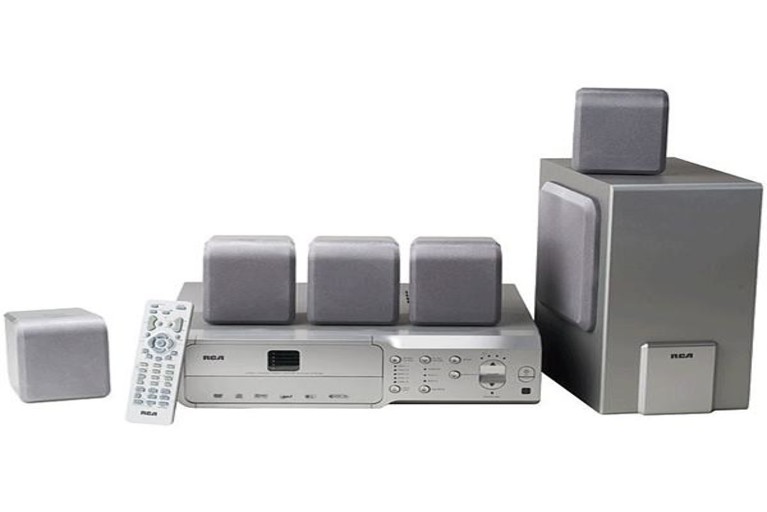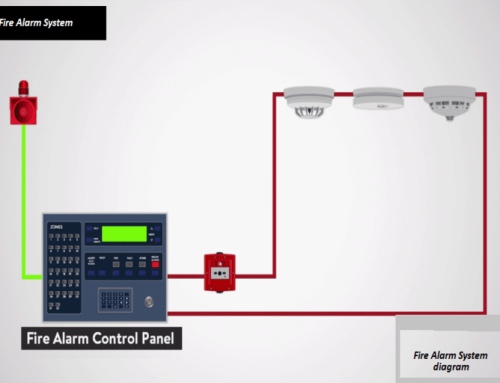
Many of us love to listen to music. Whatever sound system we are using nowadays is not developed over the night. While looking into the past we found a name David Edward Hughes for his preparative carbon microphone in 1875. He never sought a patent for his invention. Throughout the 1870s and 80s, the loudspeaker device existed, but the true moving-coil loudspeaker was invented by Oliver Lodge in 1898. A big breakthrough happened in 1906 when Lee De-Forest invented the first device that was capable to amplify an electrical signal. He named it Audion. The first documented example of an electric power amplifier system being used to amplify speech and music at a public event. And it was on 24 December 1915 at San-Francisco City hall, when Jensen and Pridham’s Magnavox system was publicly demonstrated.
Continuous improvement was still going on for the sound system. In 1990, Dolby proposed a five-channel surround-sound scheme for home theater systems. After that, the digital era had begun and digital audio systems were rapidly replacing analog sound systems. At present home theater system is a result of this evolution. Now we are going to introduce this gadget that makes the sound system alive.
What is a Home theater system?
It is difficult to define the home theater system in a single line. In general terms, a home theater system is a combination of several electronic components designed to recreate the experience of watching a video or movie in a theater. For example, when you watch a movie on this system, you are more immersed in the experience than when you watch one on simple or common television.
Units inside this system:
To see how home theaters do this; let’s take a look at some important units.
- Audio-Video receiver
- Speakers
- Input devices
- Output devices
Audio-Video receiver:
This unit is commonly known as an AV receiver. It is the hub or central point of the home theater system. The Audio-Video receiver is the electronic component that controls and drives input signals and sends them to output devices. And it is being done by several CMOS integrated circuits, micro-controllers present on the circuit board of the AV receiver.

AV receiver of home theater system
The AV receiver performs below assigned tasks:
Connects with your sound and video sources:
Every sound or audio source in your home theater should connect to an AV receiver. Inbuilt pre-amplifiers in this device receive audio signals from the input device and intelligently amplify these signals. Low, medium, and high-frequency signals are processed efficiently to create the surrounding-sound effect in the home theater system.
Video source devices are also connected directly to the AV receiver, which is connected in turn as a display unit. This setup simplifies the selection of video source mode. For example, if you want to play a DVD or show recorded on a PVR or anything else, you just need to select the video mode or adjust the display resolution on the AV receiver by using its remote control.
Decodes surrounding audio signals:
The ability to decode and amplify the digital as well as analog surround-sound signals is a main feature of the AV receiver unit. This property made this unit different from conventional stereo receivers.
Provides user interface for home theater system:
The interface of this unit includes remote control of the receiver, the displays on the receiver’s face, and probably an onscreen display on your television or other visual devices like LCD Projectors. All these elements enable you to command all the electronic components in your home theater system.
Speakers:
Speakers are an important part of any audio system but when we are talking about the home theater system then it becomes vital for this system. Although a TV has speakers, they’re nothing compared to a good set of the soundbar. As we know a soundbar is a long thin bar-shaped cabinet (wood or fiber) that has multiple speakers inbuilt inside.

Speakers for home theater system
Speakers come into two broad categories. The first one is stereotype whereas the second is surround type. Stereo-type speakers put out audio in two channels or speakers. This is the most frequently used type in many audio systems like in all music, DVD, and TV shows. The stereo system comes under 2.1 channels, which means there are two common speakers and one more speaker that is known as the subwoofer.
Surround sound systems cover anything more than the stereotype. It comes under 5.1 or 7.1 channels, which means they have 5 or 7 speakers with a subwoofer.
Much of the audio quality is lost because of the lack or absence of a good subwoofer speaker. So, It is an important part of every speaker system.
Input devices:
All the devices those give input signal (either audio or video signal) comes into this category. Devices like DVD, Blu-Ray player, Gaming console, Record player, and much more whereas there are plenty of other things that could be considered as an input device in a home theater system, but these devices are the main ones. A standard Audio-Video receiver will have ports for these, such as HDMI (High Definition Multimedia Interface), SCART, or VGA.
Output devices:
Output devices are defined as the things that give out our processed audio and/or video signals by the AV receiver. Television, Speakers and projectors, and display screens come under this device category.
Working process:
When we applied an input signal to the AV receiver unit by using any input device then it is being processed. Internal circuitries of the Audio-Video receiver decode processed the input signals and also make them compatible with output devices. Sound signals have been processed as per their channels whereas video signals are processed as per their resolution. You can choose the quality of output signals like changing the surrounding sound effect or setting a display mode for videos.
Application:
The Home theater system is nowadays being used by many peoples in their homes. It is providing a hassle-free and beautiful experience of sound and video quality for entertainment. As of now, many advancements have been made in this system to improve user experience.
Thanks for reading. See you soon with another exploration!






I liked it when you shared that it is great to have a home audio system since it can recreate the experience of watching a video or movie in a theater. My wife and I are planning to have an audio system as we just got a huge TV where we can enjoy watching our favorite TV shows and movies. I will suggest to her getting a quality one from a reliable supplier.
[…] projection of either still or moving images (videos). A projector is often about the size of an AV system and […]